
Administrative Law in Australia, 1st Edition
|
Book $180.00 RRP |
Date: 15/08/2007 Code: 9780455219714 Lawbook Co., AUSTRALIA |
 Administrative Law in Australia, 1st Edition
Price: $180.00
|
Available Formats
| Format | Title | Date | Code | Price | |
|---|---|---|---|---|---|
| Book | Administrative Law in Australia, 1st Edition | 15/08/2007 | 9780455219714 | $180.00 |
Add to cart
 Administrative Law in Australia, 1st Edition
Price: $180.00
|
Description
Administrative Law in Australia is jointly written by Professor WB Lane and Dr Simon Young, authors with both academic and practical experience in the area. This is a scholarly and original study constituting a detailed exploration and synthesis of this very important and dynamic field of Australian law.
This text reinterprets the conventional focus of administrative law study, judicial review, but also integrates an equally scholarly and discursive study of merits review, freedom of information and ombudsman investigation. Employing a predominantly Federal focus, this book also ensures that relevant State and Territory differences are addressed. The end result is an accessible and unique contribution to public law discourse in Australia, one that crosses beyond the confines of conventional legal study in this field to present a more comprehensive examination of public sector accountability, and one that crosses jurisdictional boundaries to present a new and illuminating comparison.
This text reinterprets the conventional focus of administrative law study, judicial review, but also integrates an equally scholarly and discursive study of merits review, freedom of information and ombudsman investigation. Employing a predominantly Federal focus, this book also ensures that relevant State and Territory differences are addressed. The end result is an accessible and unique contribution to public law discourse in Australia, one that crosses beyond the confines of conventional legal study in this field to present a more comprehensive examination of public sector accountability, and one that crosses jurisdictional boundaries to present a new and illuminating comparison.
You Might Also Like
-

Nutshell: Administrative Law 4th EditionBook
$45.00
-
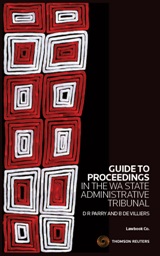
Guide to Proceedings in the WA State Administrative Tribun...Book
$248.00
-
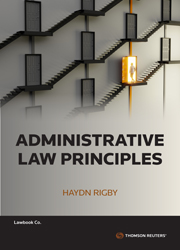
Administrative Law PrinciplesBook
$114.99
-
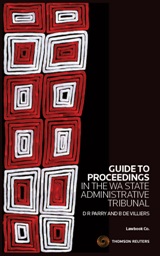
Guide to Proceedings in the Western Australian State Admin...Book+eBook
$320.00
-
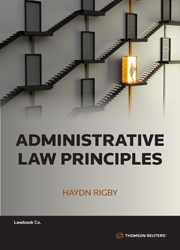
Administrative Law Principles First Edition Book + eBookBook+eBook
$149.49
-
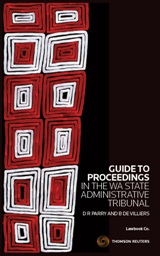
Guide to Proceedings in the Western Australian State Admin...eBook - ProView
$248.00
-
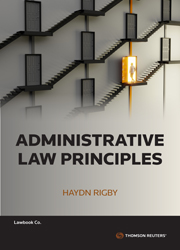
Administrative Law Principles First Edition eBookeBook - ProView
$114.99
-
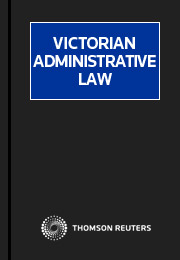
Victorian Administrative Law - eSubeSub - ProView
N/A
-
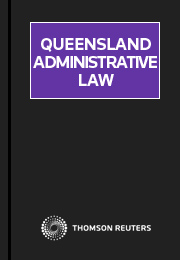
Queensland Administrative Law - eSubeSub - ProView
N/A
-
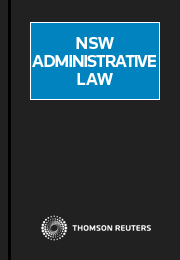
NSW Administrative Law eSubscriptioneSub - ProView
N/A
-

Australian Journal of Administrative Law: PartsJournal
N/A
-
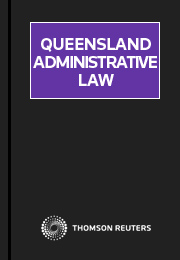
Queensland Administrative LawLooseleaf
N/A
-
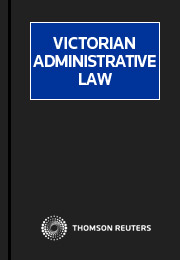
Victorian Administrative Law: Looseleaf, Parts & Bound Vol...Looseleaf
N/A
-
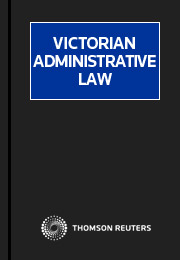
Victorian Administrative Law Looseleaf & Bound VolumesLooseleaf
N/A
-

Victorian Administrative Law LooseleafLooseleaf
N/A
-

Victorian Administrative Law Looseleaf & PartsLooseleaf
N/A
-
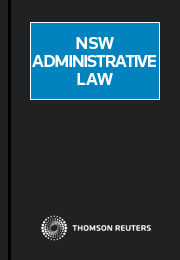
NSW Administrative LawLooseleaf
N/A
-
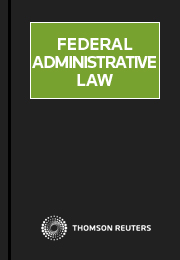
Federal Administrative LawLooseleaf
N/A
Editorial Reviews
From: (2008) 15 AJ Admin L 169
Reviewed by MG
In the preface to this admirable book, the authors explain that their intention is to move beyond the “conventional focus of administrative law study, namely judicial review” and provide an “integrated analysis of the many different components of our administrative law system” such as FOI, merits review and the role of the Ombudsman. The authors easily succeed in that goal and doing so they provide a welcome addition to administrative law scholarship.
This book adopts a functional rather than theoretical approach to administrative law.
The first chapter explains its nature, function and evolution, though it does not offer any sort of
“grand theory”. It does, however, explain how administrative law is affected by other doctrines such as economic theory and human rights. This chapter provides a useful contextual explanation of the evolution of Australian administrative law, though this analysis could easily have been lengthened.
The next and most substantial chapter of the book examines judicial review. This chapter is not as detailed as specialist works on the area, which is an inevitable consequence of the authors’ decision to provide a more general analysis of administrative law. Accordingly, the chapter on judicial review does not engage with much of the great body of scholarship on that area. It explains principles by a selective discussion of cases rather than attempting to provide a complete analysis of the enormous body of case law. But some areas deserved greater attention, particularly the concept of justiciability. It would also have been useful if the authors had considered the future possible directions of judicial review, whether in the form of new grounds or more general trends. Some analysis of this issue would have enabled the authors to examine the new trends in judicial review that appear to be passing Australia by. One example is the increased willingness of English courts to review mistakes of fact within the guise of error law, evidenced by cases such as R v Criminal Injuries Compensation Board; Ex parte A [1999] 2 AC 330 and E v Secretary of Statement for the Home Department [2004] QB 1044. These cases seem to lend support for Aronson’s suggestion that Australian judicial review law is becoming hampered by its statutory framework (see Aronsom M, “Is the ADJR Act hampering the development of Australian administrative law?” (2005) 12 AJ Admin L 79). Some consideration of these issues could have been especially useful to the more functional approach taken by Lane and Young by enabling the authors to consider whether the apparent refusal of Australian law to adopt the supposed innovations of other jurisdictions is less important in light of the vigorous nature of other parts of our administrative law system. Subject to these points, the analysis of judicial is well structured and written and provides a good account of all of the main features of the area.
The subsequent chapter – Merits Review – provides a good accompaniment to the above because it provides useful insights into the character of merits review and how the distinct nature of merits review is complementary to judicial review. Merits review is examined in a similar style to judicial review in the sense that the authors do not purport to provide an exhaustive analysis of the vast case law on merits review. That said, the analysis strikes a good balance between examining the general principles governing merits review and the particular features of the differing merits tribunals in Australia.
The chapter on FOI is more schematic in nature, which arguably reflects the fact that FOI is as
much about particular details as it is general principles. The authors achieve a measured balance
between the maze of detail that arises from the case law and the general principles (such as they can be found) which explain the detail of the case law. The analysis is greatly enhanced by the
consignment of statutory minutiae to footnotes. This style enables the authors to navigate the wider principles of FOI while also providing systematic references to the different various statutory regimes.
The final chapter, which is on Ombudsmen, is particularly strong. This important institution of
administrative law has received much less scholarly attention than other areas of administrative law. The authors have overcome that relative lack of secondary material by undertaking a comprehensive study of the great volume of material published by Ombudsman. The result is a careful and detailed analysis of the office of Ombudsman that is well informed by case analysis and secondary materials. The combination of a clear explanation of first principles and more sophisticated scholarly analysis provides what is probably the best Australian study of this institution.
In sum, this book provides an excellent holistic study of administrative law that is very accessible,
being written in written in a clear and concise style. Those qualities will make the book particularly
valuable to undergraduate students, but it will be equally useful to non-lawyers who need to delve into administrative law. The more advanced reader will also find the book a useful and readable source. One hopes that further editions of this book will appear.
Resource Downloads
Product Reviews
- Review: (2008) 15 AJ Admin L169 [PDF 101000]
- Review: Ethos, September 2008 [PDF 11580]
- Review: Hearsay, September 2009 [PDF 33020]
Instructor Supplements
- Chapter 1: The Nature [PDF 427960]
Please note: these resources are ONLY for the use of lecturers who have prescribed the relevant text. Please email anzacademicsales@thomsonreuters.com to request access.
 Administrative Law
Administrative Law